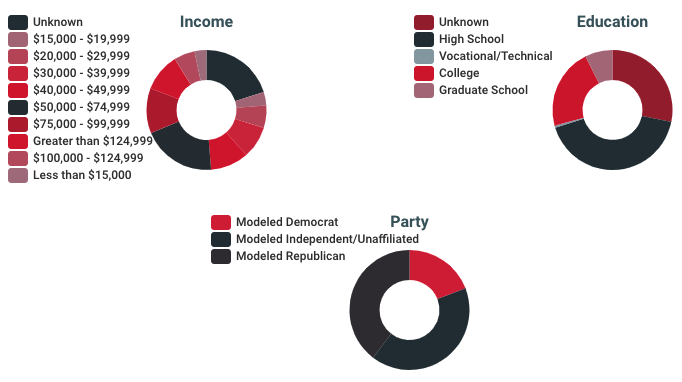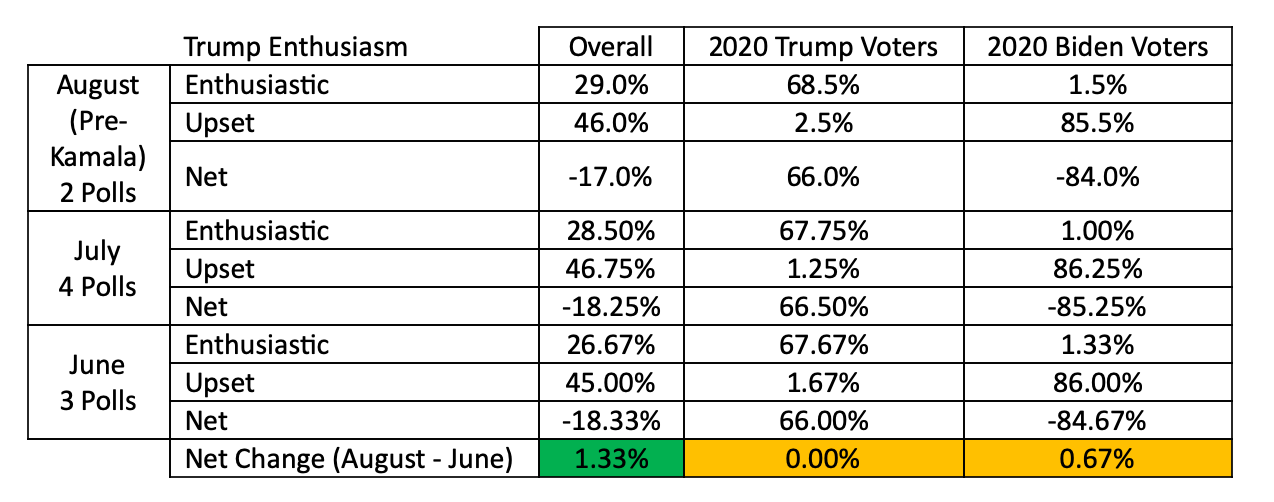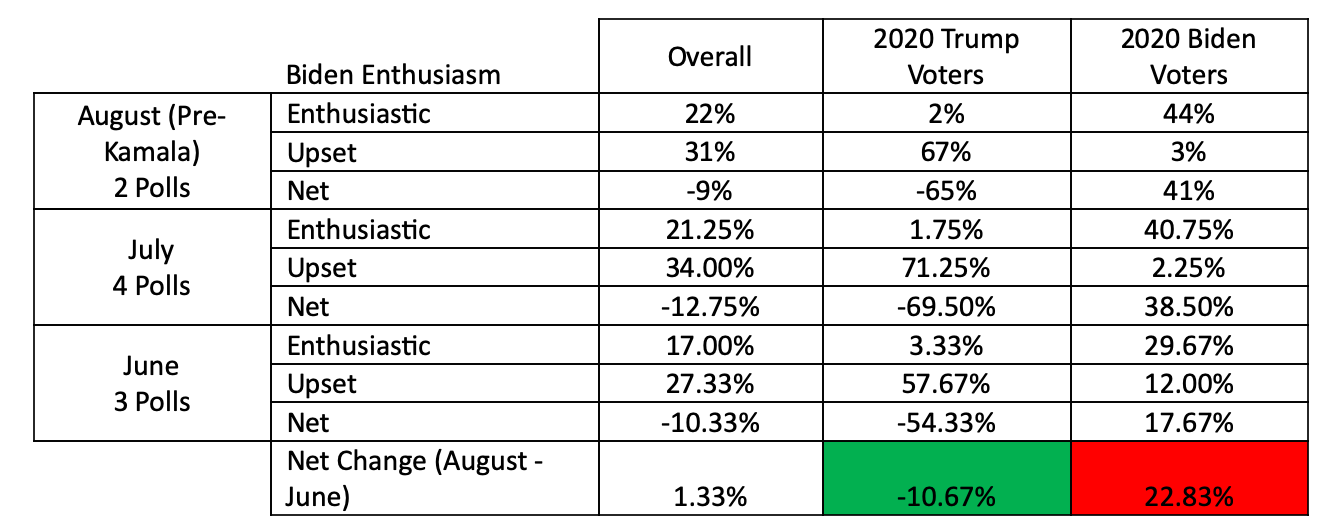In God we trust. All others must bring data.
Last week, WPAi proudly announced the launch of Bonfire, our no-nonsense, seriously innovative data management platform. Bonfire is the backbone for a winning organization’s data management – allowing you to store, view, and explore your data right when you need it.
The Bonfire Dashboard is your home base within Bonfire. The insights gained from the Dashboard can make your queries smarter and faster when you work within your Arsenal. Dashboard transforms your data into three easy-to-read graphics: Turnout Likelihood, Top Scores, and Demographics.
So, the next time you have only five minutes before your weekly strategy call, Bonfire’s Dashboard is the quickest and most efficient way to conceptualize your data – all on your own, in real time.

Turnout Likelihood
If you’re most interested in whether or how an individual is likely to vote, you can utilize the Turnout Likelihood section of your Dashboard. Here, you can instantly grasp the relative density of likely voters for targeting. Such as, should your next mail piece or digital ad be sent to a Persuadable Universe or a GOTV Universe? Or both?
PS: You can also do a quick estimate of universe sizes to explore at a greater depth in the Arsenal page.
Top Scores
But what should you talk to voters about? That’s where Top Scores come in.

This list, for instance, allows us to see how many individuals in your region likely care more about school choice than all other issues.
Top Scores are pulled from our collection of national issue models, and they’ll help calibrate your messaging and serve as your go-to resource for the development of niche communications.
Demographics
Last, but certainly not least, the Demographics section takes a bird’s-eye view of your entire data segment.

Pro tip: by hovering over any one bar you can see a count of any of the overall demographics in your region.
While much of Bonfire is dedicated to the granular details necessary for victory, Dashboard is the place where you can take a step back and look at the big picture. (Read: the quickest way to prep for your last-minute Zoom meeting.)
Next, we’ll look at the Arsenal – where specifics come to out to play.
IN THE MEANTIME, CLICK HERE TO LEARN MORE ABOUT BONFIRE OR TO GET STARTED.
###















